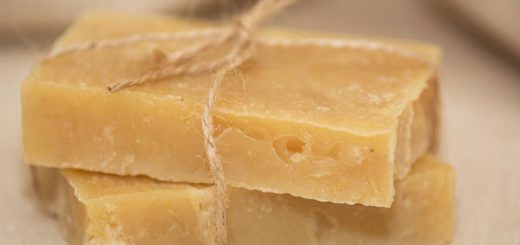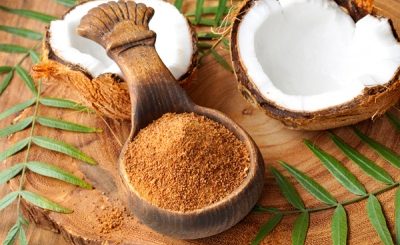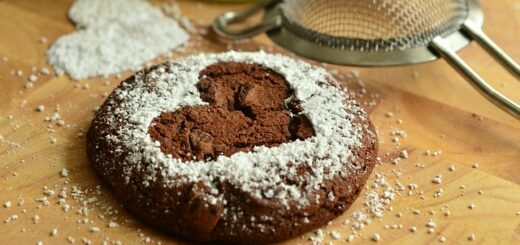How to clean and disinfect your vegetables

The foods we consume daily require the necessary cleaning and disinfection to ensure that they do not make you sick, vegetables due to their contact with the soil and due to the necessary journey to which they are exposed from their harvest to the final hands of consumers are fully exposed to bacteria , dirt and a multitude of microorganisms that can make you sick. Therefore, below you will learn the most effective solutions to disinfect and clean your vegetables in the same way that we teach you how to clean green beans .
Land, fertilizers, pesticides and organic waste, in addition to the necessary handling, transport and distribution, create an environment that is especially prone to contamination of fruits , vegetables and vegetables with harmful elements and hazards. You can see many of them and others you can’t, so you must offer an excellent washing of them to guarantee that their consumption is healthy and achieve a high rate of food safety , adequate to the current regulations that allow us to enjoy clean and hazard free.
How to clean and disinfect your vegetables
Generally you fall into the unconsciousness of not properly cleaning vegetables and fruits, thinking that because they are available in a supermarket they are already free of dirt and dangerous germs. Although water can eliminate the vast majority of them, it is often important to go a little further and make sure that these foods are healthy and that they do not represent any type of health risk.
Recalling what the experts have said, where an efficient disinfection and cleaning of vegetables, fruits and vegetables, as well as all farm foods, is an obligatory option to effectively reduce many of the annoying gastrointestinal diseases , allergic reactions in skin and bacterial infections that can be very dangerous in pregnant women, children, immunosuppressed and older adults.
Cleaning and disinfection according to the type of vegetable or vegetable
1. Cleaning of smooth leaf vegetables
For this type of vegetables you must have a separate and individualized cleaning of each of the leaves , among them you have lettuce, chard and spinach. Wash them by placing them under water and remove damaged leaves or those that you consider to be damaged. You can also perfectly use a bowl of water and save a lot of water, leaving them submerged for a few minutes to guarantee the total elimination of any soil residues present. It is relevant that you do not forget to dry each of the leaves because this moisture will accelerate the deterioration process of them.
2. Disinfection of vegetables with edible skin
Many of the vegetables and fruits that you consume allow their outer skin to be eaten or used in your preparations, such is the case of cucumbers , pears or peppers. This type of food should be washed directly under water and depending on the amount of dirt, it is recommended to rub them with a soft brush. When maintaining an edible skin, try to avoid the use of soaps as much as possible because many of them have porous skins, which could absorb the detergent, just like smooth leafy vegetables, you must dry them to prevent the deterioration process. speed up due to moisture.
3. Washing vegetables with edible skin
In this range are pineapples , bananas , pumpkins and melons, among others. This type of food has the peculiarity of having skins that are not consumed, but that obviously you must clean in the same way before consumption or storage. Remember that the bacteria and dirt accumulated on their exterior could infect the internal and edible part of them at the time of cutting them.
You can use plenty of water and rub the surface with a cloth or a soft brush to ensure the complete removal of any dangerous agent, in addition to allowing the use of special soaps or a solution of water with vinegar. As a final recommendation, try to always use 2 different knives, one to remove the skin and the other to cut the inside of these vegetables or fruits .
Disinfection methods to use for your vegetables and fruits
Although the market is flooded with multiple cleaning products for your vegetables, these are entirely chemical and the best option will always be to resort to cheap and natural products , which are also always available in your home and maintain excellent cleaning properties for your vegetables. foods.
- The inevitable vinegar : Listed as one of the most versatile products when it comes to disinfecting and cleaning any type of surface, product or food . Dilute a cup of vinegar for every liter of water and allow your vegetables to soak in this solution for at least 10 minutes, to proceed to remove and rinse them.
- Iodine as an ally : Iodine is one of the most powerful bactericides you can get and although its use is not very widespread, it represents a viable, fast and long-lasting alternative in disinfection, managing to eliminate fungi , viruses and bacteria. Dilute it using a few drops per liter of water and soak your vegetables for 20 minutes, its action is perfect for leafy vegetables, as well as for fleshy vegetables and fruits.
- Mix vinegar, baking soda and lemon for a great effect : The large concentrations of citric acid contained in lemons make it the right one to have antibacterial and disinfectant properties. When you combine it with vinegar and baking soda, one of the most powerful natural disinfectants is produced, capable of eliminating pathogens from fruits and vegetables. Use 3 parts of water for 1 of lemon and 1 of vinegar with a teaspoon of baking soda, in this solution you let your food soak for 10 minutes and proceed to rinse; a method that is fully recommended for potatoes , beets, carrotsand all tubers.
- Hydrogen peroxide : Although it may seem strange, hydrogen peroxide is capable of being used in the kitchen, it has disinfectant properties and is a perfect fungicide with which you can clean and disinfect your vegetables, guaranteeing the elimination of fungi. Dilute 20 milliliters for every 1/2 liter of water and let your vegetables soak for a few minutes before rinsing them. This method is widely used for tomatoes and vegetables with smooth skins like bell peppers.
Remember that many of the pathogenic agents, bacteria and fungi are not visible to the human eye, hence a correct and thorough cleaning is the most efficient method to avoid getting sick due to poor disinfection or cleaning of your fruits, vegetables and in general of all the vegetables you use in the preparation of your dishes. Try these easy cleaning methods that you just learned and enjoy clean and sanitized food and vegetables for a delicious, nutritious and above all very safe diet .











